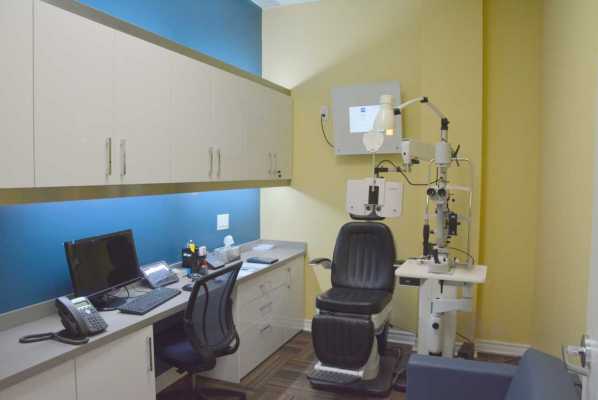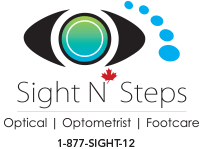Sight N' Steps Blog
- Font size: Larger Smaller
- Subscribe to this entry
- Bookmark

Optometrists and ophthalmologists use a wide variety of tests and procedures to examine your eyes. These tests range from simple ones, like having you read an eye chart, to complex tests, such as using a high-powered lens to visualize the tiny structures inside of your eyes.
A comprehensive eye exam can take an hour or more, depending on the doctor and the number and complexity of tests required to fully evaluate your vision and the health of your eyes.
Here are eye and vision tests that you are likely to encounter during a comprehensive eye exam:
Visual Acuity Tests
Among the first tests performed in a comprehensive eye exam are visual acuity tests that measure the sharpness of your vision.
These usually are performed using a projected eye chart to measure your distance visual acuity and a small, hand-held acuity chart to measure your near vision.
Color Blindness Test
A screening test that checks your color vision often is performed early in a comprehensive eye exam to rule out color blindness.
In addition to detecting hereditary color vision deficiencies, color blind tests also can alert your eye doctor to possible eye health problems that may affect your color vision.
Cover Test
While there are many ways for your eye doctor to check how your eyes work together, the cover test is the simplest and most common.
During a cover test, your eye doctor will ask you to focus on a small object across the room and will then cover each of your eyes alternately while you stare at the target. The test is then repeated with you looking at a near object.
During these tests, your eye doctor will assess whether the uncovered eye must move to pick up the fixation target, which could indicate strabismus or a more subtle binocular vision problem that could cause eye strain or amblyopia ("lazy eye").
Ocular Motility (Eye Movements) Testing
Ocular motility testing is performed to determine how well your eyes can follow a moving object and/or quickly move between and accurately fixate on two separate targets.
Testing of smooth eye movements ("pursuits") is more common. Your eye doctor will have you hold your head still and ask you to follow the slow movement of a hand-held light or other target with just your eyes. If quick eye movements ("saccades") also are tested, your eye doctor might have you move your eyes back and forth between two targets positioned some distance apart from each other.
Problems with eye movements can cause eye strain and may affect reading ability, sports vision and other skills.
Book Your Appointment Today at https://sightnsteps.ca/index.php/appointment
Or Better Yet Call Us 1-877-SIGHT-12 (1-877-744-4812)
- Why So Many Pre-Testing Stations at Sight N' Steps...
- Sight N' Steps Optometrists Pickering - So What Do...
- Stop Selling Me Coatings For My Lenses.... - Sight N' Steps Jan 04
- What? Sight N' Steps Pickering Optical Carries OWP!!! - Sight N' Steps Oct 21
- So How Do My Cat Eyes Look This Halloween? - Sight N' Steps Oct 23
- Why Do You Keep Talking About Quality? Lenses Are Lenses! - Sight N' Steps Nov 18
- Hey Where Is Your New Pickering Location At? - Sight N' Steps Oct 07



